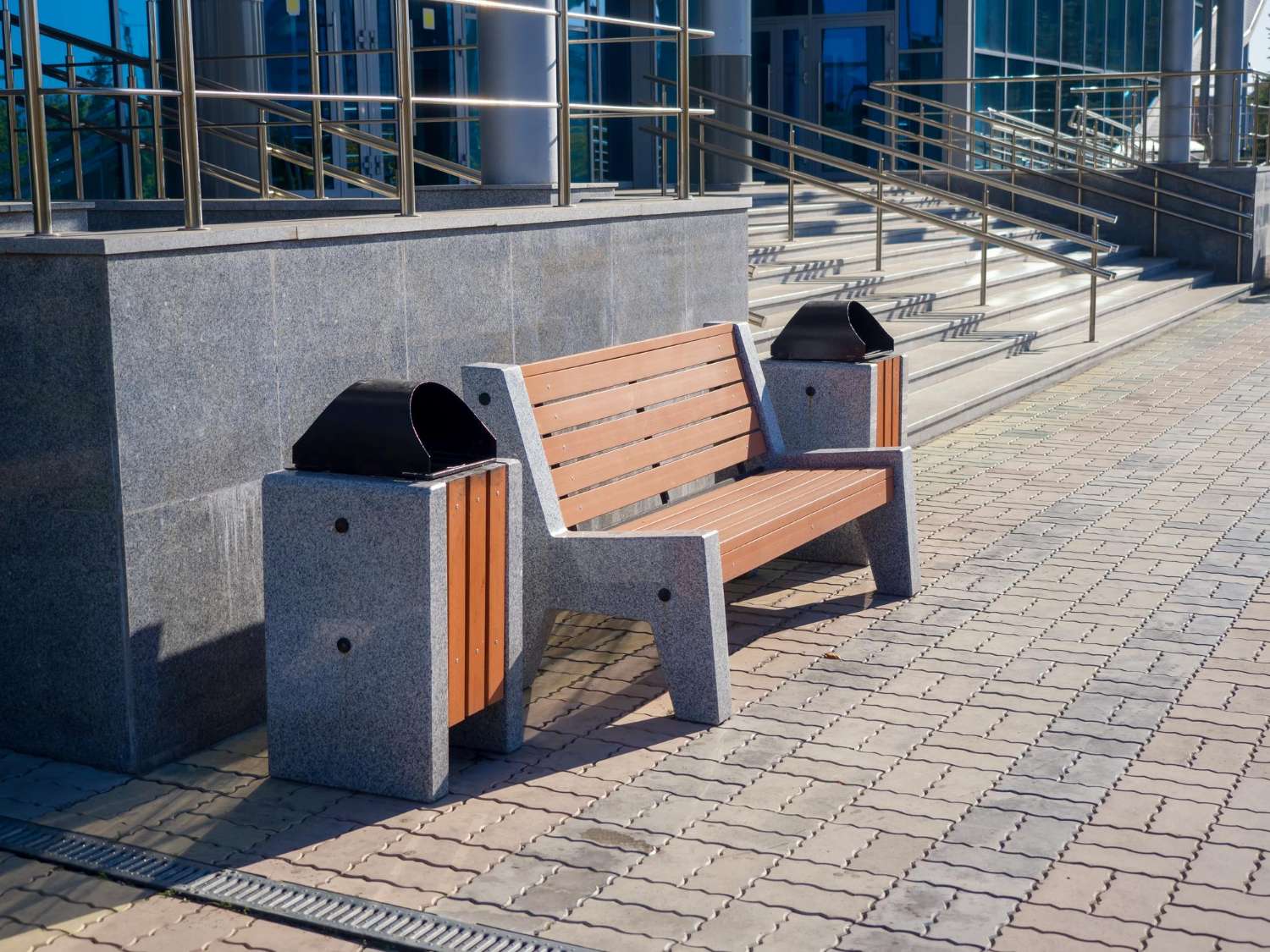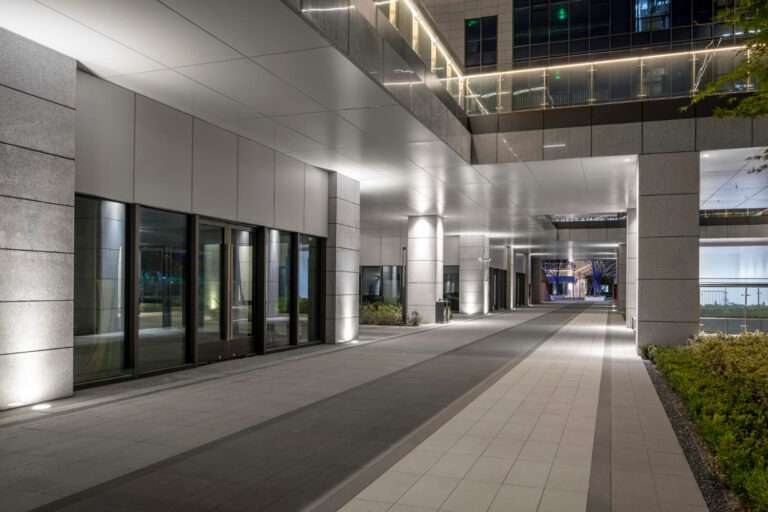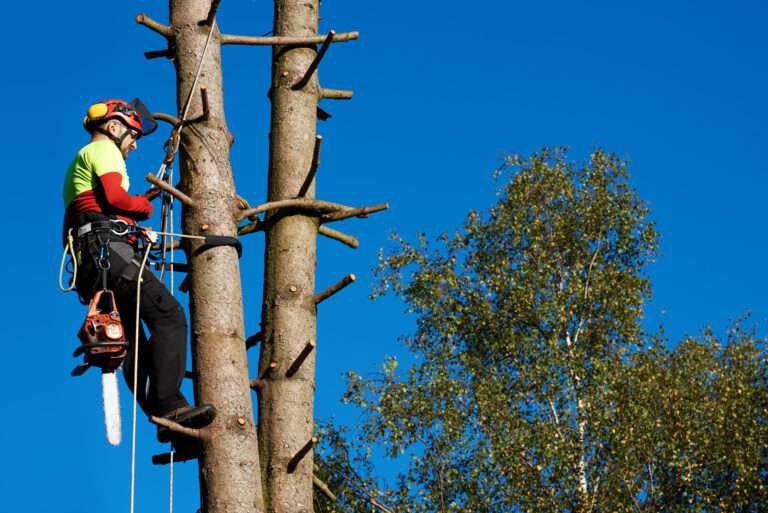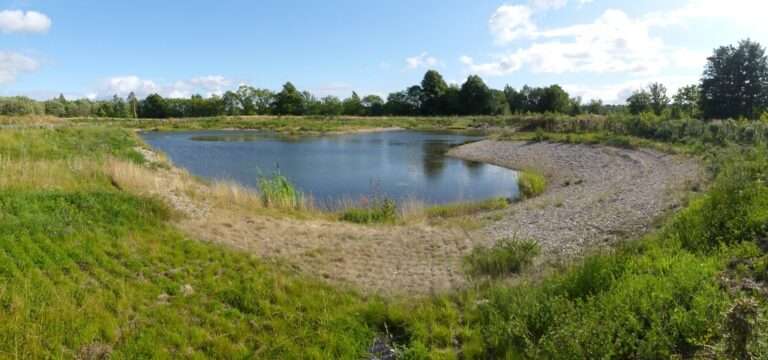Top 10 Street Furniture Ideas to Enhance Your Business Exterior
The exterior of your business speaks before you do. Well-designed outdoor spaces not only improve the experience of customers and staff—they also convey professionalism, attention to detail, and a commitment to the public realm. One of the most effective ways to transform these spaces is through street furniture.
From benches and bollards to planters and litter bins, the right street furniture can enhance functionality, boost kerb appeal, and shape how people interact with your site. In this blog, we highlight 10 of the best street furniture solutions for UK business exteriors—whether you’re designing a retail park, business park, educational campus or corporate frontage.
Why Street Furniture Matters for Business Spaces
- Creates a welcoming environment: Encourages people to stay, rest and engage.
- Improves site functionality: Supports accessibility, waste management and wayfinding.
- Enhances visual identity: Unifies the design of outdoor spaces.
- Supports safety and compliance: Guides traffic, protects pedestrians and reinforces access control.
Street furniture is a practical investment that boosts usability and reinforces your brand presence.
For custom supply and installation solutions, visit our street furniture and urban features page.
1. Contemporary Seating
Purpose: Encourage social interaction, rest, and outdoor enjoyment.
Modern benches made from timber, metal or composite materials work well in business environments. Look for:
- Vandal-resistant finishes
- Backrests and armrests for accessibility
- Modular styles that can be repositioned
Best for: Business parks, forecourts, shared staff courtyards
2. Cycle Stands
Purpose: Promote sustainable transport and reduce parking pressure.
Simple stainless-steel hoops or powder-coated racks offer cost-effective security for bikes. When integrated thoughtfully, they:
- Support green travel plans
- Meet BREEAM transport criteria
- Encourage a healthier workforce
Best for: Offices, retail units, train station frontages
3. Litter and Recycling Bins
Purpose: Maintain cleanliness and support eco credentials.
Bins should be clearly branded and conveniently located without becoming obtrusive. Dual compartments (waste + recycling) show environmental commitment and reduce contamination.
Best for: Retail frontages, campuses, visitor centres
4. Raised Planters
Purpose: Add greenery without the maintenance of in-ground beds.
Planters:
- Provide colour and texture
- Define entrances or outdoor zones
- Deter unauthorised parking or access
Choose low-maintenance planting schemes (e.g. evergreen shrubs and ornamental grasses) to keep them tidy year-round.
Best for: Entrances, pavement cafés, commercial courtyards
5. Bollards and Barriers
Purpose: Separate pedestrians from vehicles and protect assets.
Bollards can be functional or decorative, ranging from plain galvanised steel to heritage-style cast iron. Retractable versions offer flexibility for loading areas.
Best for: Shopfronts, delivery zones, pedestrian crossings
6. Wayfinding Signage
Purpose: Help visitors navigate large or multi-building sites with ease.
Tidy, branded signage improves user experience, reduces confusion and shows professionalism. Add QR codes or maps for added engagement.
Best for: Industrial parks, NHS sites, logistics hubs
7. Shelters and Canopies
Purpose: Provide protection from the elements.
Cycle shelters, smoking shelters and entrance canopies all serve practical purposes. Use designs that match the site’s architectural tone.
Best for: Staff entrances, transport hubs, education settings
8. Tree Grilles and Guards
Purpose: Protect tree roots and trunks in hard landscaped areas.
Urban trees are a powerful visual and environmental feature, but need protecting in high-traffic spaces. Tree grilles allow rainwater penetration while preventing soil compaction.
Best for: Streetscapes, paved business plazas, car parks
9. Lighting Columns and Bollards
Purpose: Improve visibility, ambience and site safety.
LED lighting is now the standard for low-maintenance, energy-efficient illumination. Column lights work for large spaces; bollard lights suit pedestrian zones and paths.
Best for: Pathways, entrance routes, courtyards
10. Smart Technology Features
Purpose: Future-proof the site with modern infrastructure.
Consider smart bins (that signal when full), solar-powered charging benches, or integrated Wi-Fi kiosks. These features signal innovation and improve functionality.
Best for: High-footfall commercial areas, mixed-use developments
Frequently Asked Questions
How do I choose the right materials for street furniture?
Choose materials based on durability, visual appeal and context. Powder-coated steel, stainless steel, recycled plastic and hardwoods like oak or iroko are ideal for UK climates.
Do I need planning permission to install street furniture?
In most cases, not for private commercial land. However, local authority consultation is advised if placing items near the highway or in conservation areas.
Can furniture be branded with our company logo?
Yes. Many manufacturers offer custom branding, colour matching, or laser-etched logos—ideal for reinforcing identity across business parks or campuses.
What’s the lifespan of quality street furniture?
With proper specification, most commercial-grade street furniture lasts 10–25 years. Material, location and maintenance frequency all play a role.
Conclusion
Smart, durable street furniture doesn’t just tidy up a space—it transforms how people use and perceive your site. From seating and cycle stands to bins and bollards, every element should serve a purpose and reflect your brand’s commitment to quality.
Investing in the right features improves safety, accessibility and engagement—making your business exterior more welcoming, practical and professional.
Killingley Insights is the editorial voice of NT Killingley Ltd, drawing on decades of experience in landscaping, environmental enhancements, and civil engineering projects across the UK.








